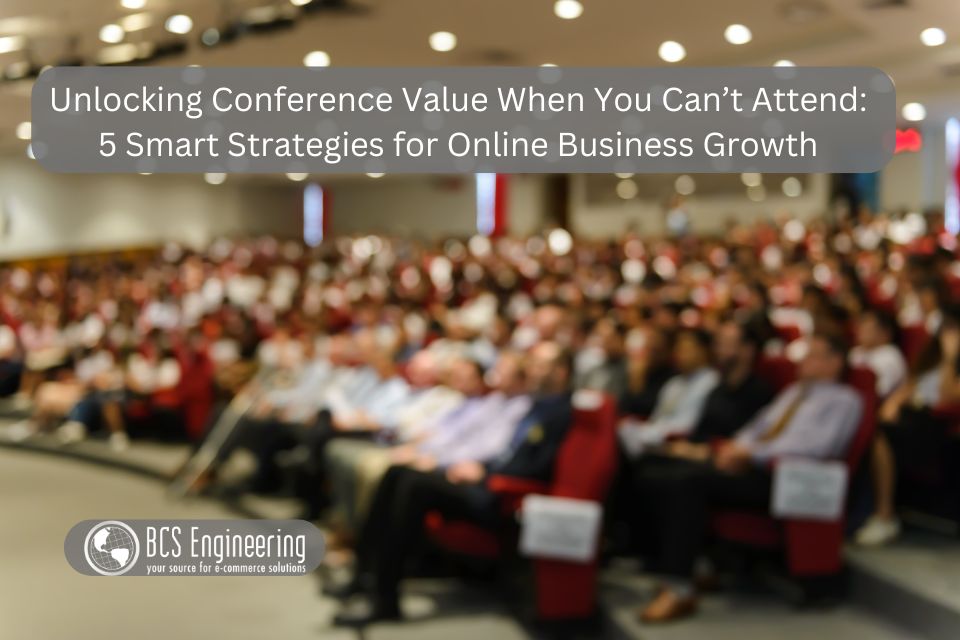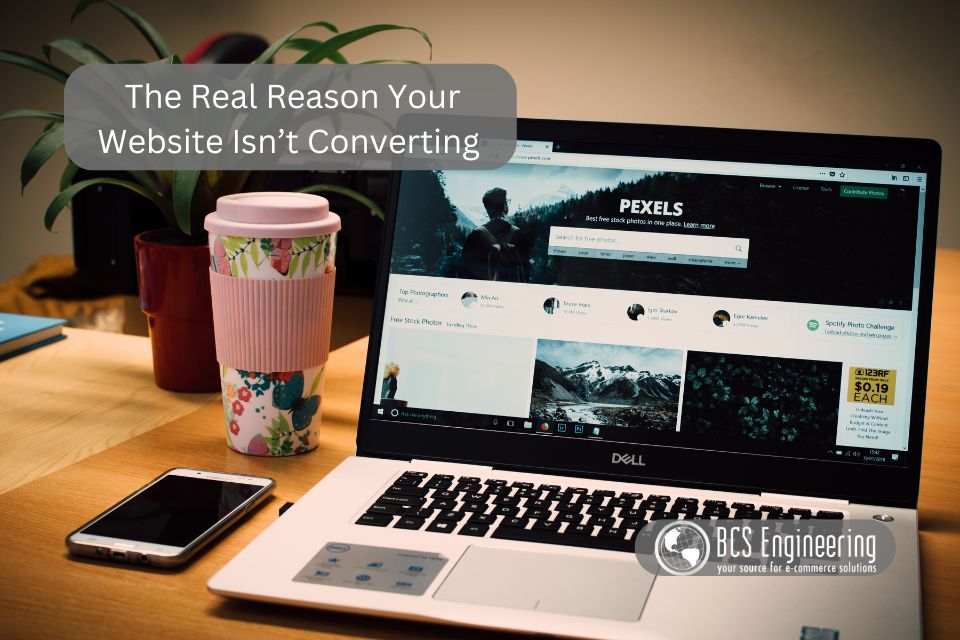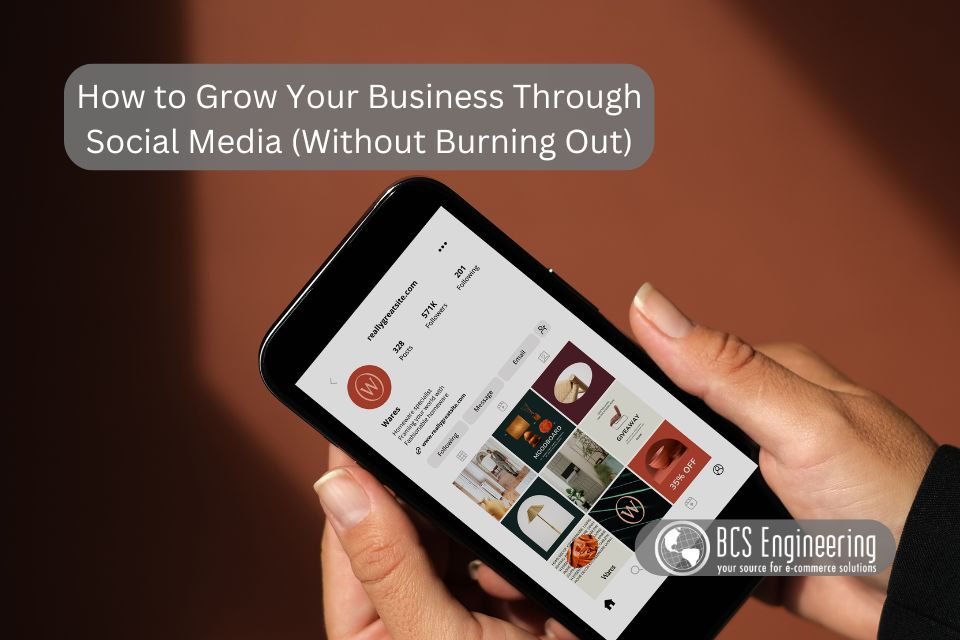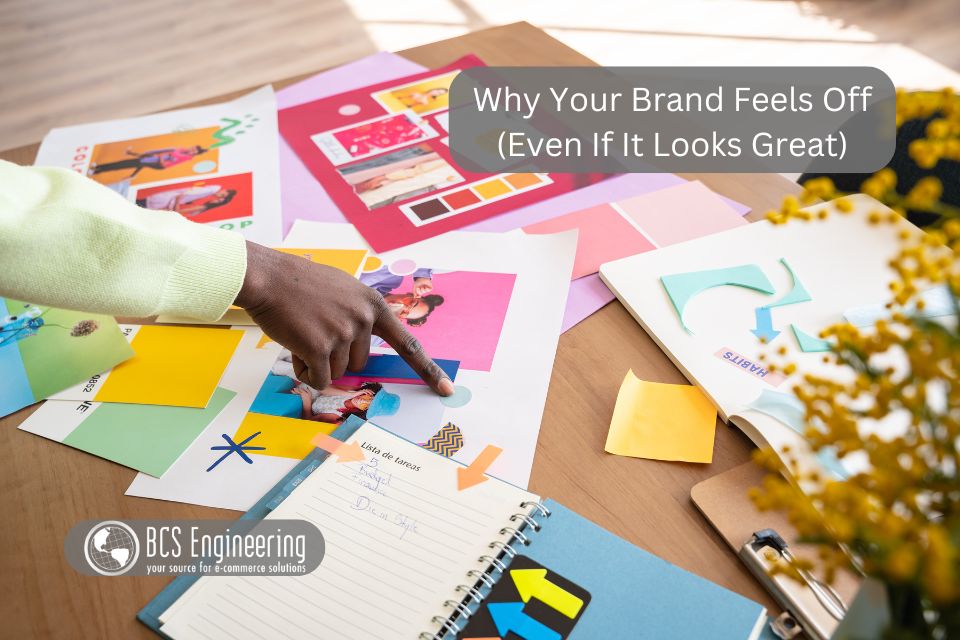When we think about growing our businesses, it’s natural to focus on strategy first. What funnel should I build? What offer should I create? How do I bring in more leads? While strategy absolutely matters, many entrepreneurs discover that it isn’t the missing piece at all.
What actually holds us back from scaling is often our mindset.
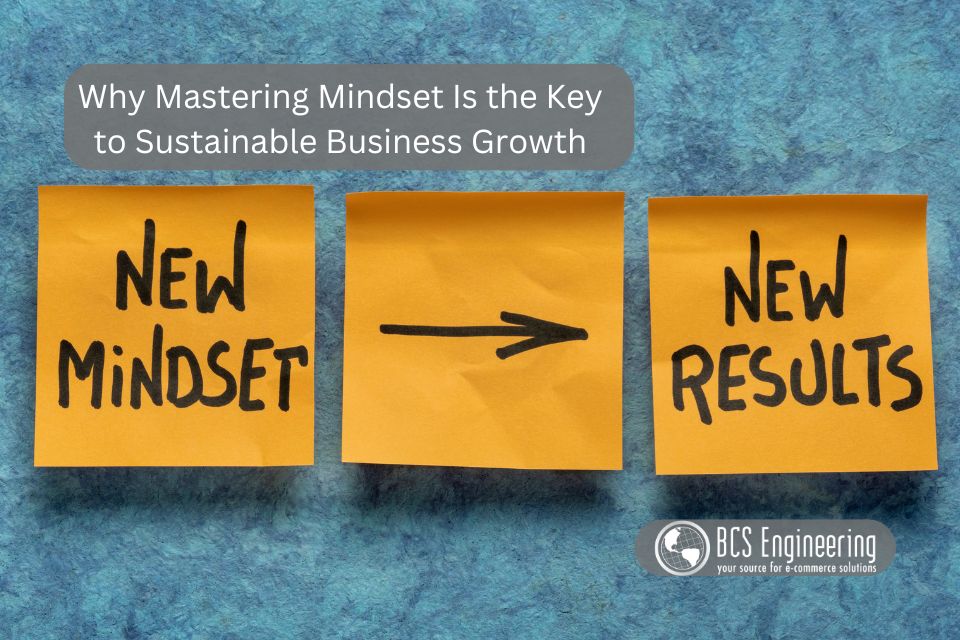
Why Mindset Outweighs Strategy
It may sound surprising, but building a sustainable business is about 80% mindset and only 20% strategy. That’s because the most well-designed plan can’t succeed if we’re stuck in thought patterns like:
- “I have to work harder to earn more.”
- “No one will pay that much for my offer.”
- “If I’m not launching constantly, my income will dry up.”
These beliefs lead to hustle, burnout, and the exhausting feast-or-famine cycle. On the flip side, when your mindset supports growth, you can confidently apply the right strategies and finally see them work the way they’re supposed to.
The Trap of Always Doing More
Many business owners feel that the solution to slow or inconsistent growth is to keep adding more—more offers, more launches, more content. But more doesn’t always mean better.
In fact, this kind of overwork usually creates the opposite effect: less creativity, less energy, and less joy in running your business. What’s missing isn’t another strategy—it’s the belief that you can build something sustainable without running yourself into the ground.
Shifting Your Perspective
So how do you shift your mindset? Start by asking yourself:
- What assumptions am I making about how money comes into my business?
- Am I undervaluing what I already know or the offers I already have?
- Do I believe it’s possible to earn more while working less?
These questions open the door to scaling in a way that feels aligned, not exhausting.
A Formula for Scaling Without Burnout
This is exactly what my guest, Masha Goins, and I explore in the latest episode of the Smarter Online Business podcast. Masha has developed what she calls the Hybrid Evergreen Formula, a method for creating consistent revenue without the nonstop launch cycle.
In our conversation, she shares:
- Why mindset shifts are the foundation of growth
- How she helped one business owner turn existing 1:1 services into a $300K/year group program
- The practical steps to build a business that allows both income and freedom
👉 If you’ve ever felt like scaling your business means sacrificing your energy, you’ll want to hear this episode.
